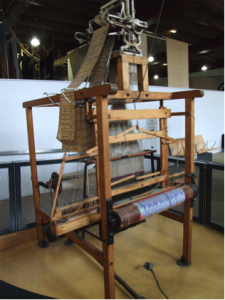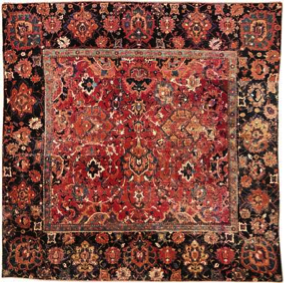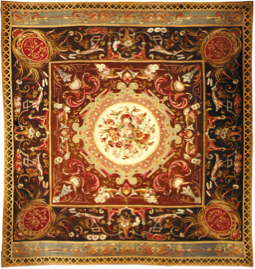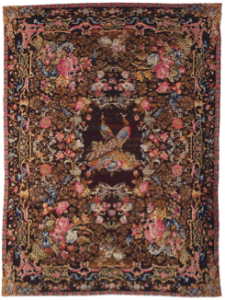Author: almcdivitt
Japan Shibori
Shibori is one of Japan’s most popular dyeing techniques. It is created using one of four techniques that prevent the dye from hitting certain areas of the fabric (binding, sewing, folding, and wrapping). This technique is very time consuming and is no longer produced in the same way it once was. Today, many designers have tried to bring it back, and have even tried to put in on bed spreads and in their clothing lines. However, it is rarely done because of the cost to do so. As for the legal and moral issues that affects Japan, there is no legal protection stopping people from using the technique. It has been around so long that it is basically free-domain. Even though, in Japan it is considered a sacred technique that is used for very important fabric.
Japan Sashiko
Japanese sashiko dates back to as early as 16th and 17th centuries and is a stitching technique that originates from the rural areas of Japan. In this part of the country lives the working/ lower class citizens that valued everything they had and did not let one thing go to waste. They valued clothing like money and used the garments as workwear and for protection against the changing weather. (Kallal, 2016) Sashiko means “little stabs” and it is a running stitch that women used to repair and add thickness to the textiles where they are worn form constant wear (Nickels, 2019). This technique over the years has evolved from just a repair stitch to elaborate designs by using grids to map out the designs and patterns. This technique is still taught and used in today’s stitching designs around the world in different cultures.
India Tie Dye
France Jacquard weaving
Polynesia Tapa Cloth
Guatemala Mayan Weaving
India Block Print
Indian block printing is a process using wooden blocks to stamp a design on fabric, known to be used since the twelfth century. Indian artisans originally borrowed the techniques from China and it soon became a huge part of their culture. Through out the years, the process has changed and evolved with new forms of technology, however traditional block printing is still prominent in Indian culture today.
Indonesia Ikat
USA Native American Lakota Quilting
The Lakota indians, who mainly live in South Dakota, have passed on various quilting techniques, specifically star quilting, a pattern that creates a large eight-pointed star. This specific quilt design is also known as the Star of Bethlehem, the Morning Star, the Lone Star, and the Star of the East (Breneman, 2002). Many characteristics of the Lakota works of art have been evident in modern times influencing aspects of fashion and home interior. The technique for star quilting is extremely precise and difficult to perfect, but remains passed on through generations to be used today.




